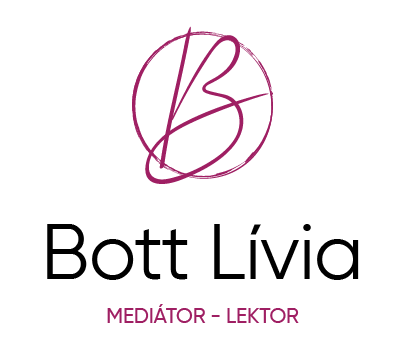Co-mediation is an under-used concept in conciliation. In the right cases, co-mediation can benefit for all the parties involved. In the current climate, where diversity and inclusion awareness is heightened, the time is really actual for a tool such as co-mediation to ensure access to justice and inclusivity where case outcomes may be more equitable. Technical non-lawyer subject matter expert alternative dispute resolution (ADR) professionals are finding their way into this space, but there are miles before real agreement. Obstacles to a co-mediation arrangement are most often f.,e. inability to get the approval of the parties, or the willingness of the primary mediator to act as a “sponsor” to suggest and recommend a co-mediator with whom they would share the fee of mediation. As someone who has seen hundreds of mediations as a former international project manager professional, turned into international mediator and arbitrator, I would like to encourage others to see co-mediation as a win-win for the future of ADR.
Whether used in early dispute resolution or later in the litigation phase, a co-mediator can help work through issues and keep negotiations moving forward. In project-related mediations, where communicational professionals may not always be present, a co-mediator with knowledge of the inner workings of the carrier side can be especially helpful in processing the conversations and exchanges. A co-mediator with a specialized background can bring out the nuances of cases. In mediating a complex subject matter (i.e. project related issues,international project or multiple party case) a co-mediator with particular expertise can offer knowledge and perspectives relevant to the technical and evaluative method of the negotiations.
Sometimes, a “simultaneous mediation” can occur in these types of matters. It may be between f.e. project partners or defense counsel and the insurer, the primary carrier and excess carrier, the insurer and the insured, etc. Every case is different and the value ranges vary by state, venue and other factors. Here are a few suggestions for how to strategically utilize a skilled co-mediator, depending on the dynamics of the case—partner parceling, simultaneous shuttling or concurrent caucusing:
- Parceling works well when, for example, there is a issue that needs to be hashed out at mediation to enable settlement. A co-mediator skilled in coverage-law-economy can work with parties to determine what can be done around the issue to resolve the case.
- Shuttling serves to work with the parties on finding points in common to enable settlement options. Co-mediators use this shuttling technique to caucus separately (alternating rooms).
- Concurrent caucusing is when both mediators shuttle together for a “tag-team” approach to stabilize and resolve issues.
Co-mediation as a tool has proven to further enrich mediation and help to make it effective.
COMEDIATION can encourage the collaborative environment of mediation. Parties get the benefits of varied skills and perspectives, and the mediators are able to have a “buddy system style” to guide the negotiations and work through the mediation process collaboratively.
Everybody wins.
Source:https://www.jamsadr.com/blog/2021/co-mediation-as-a-conciliation-tool


